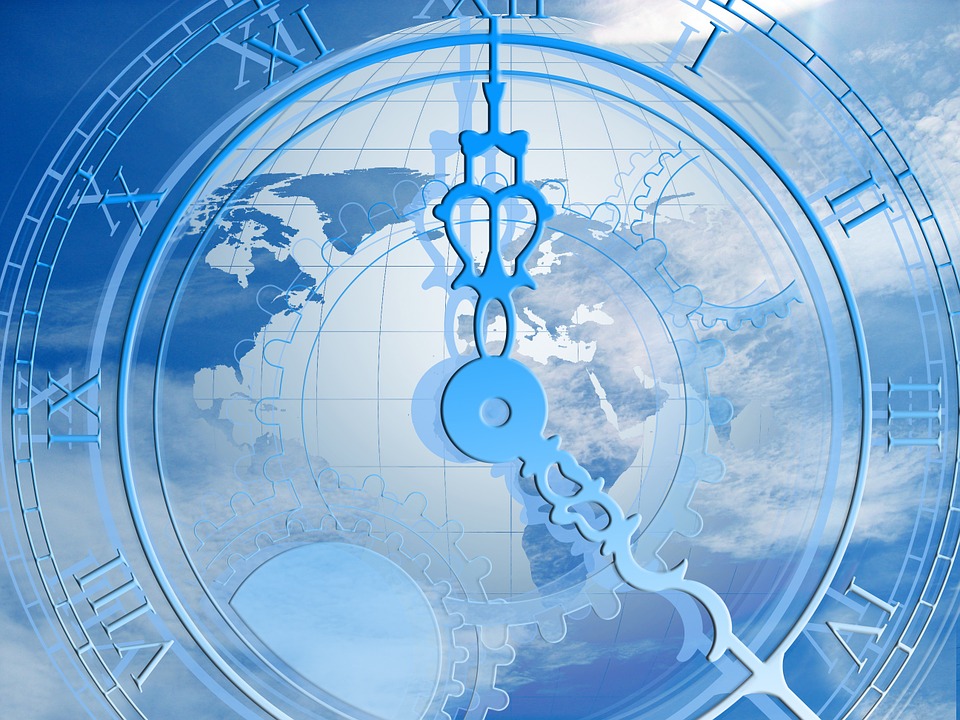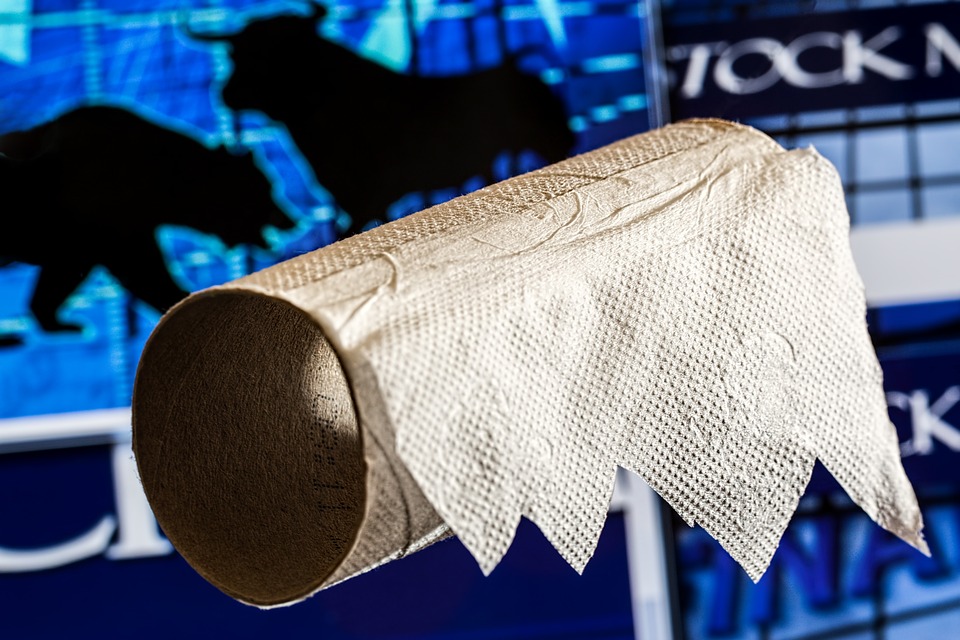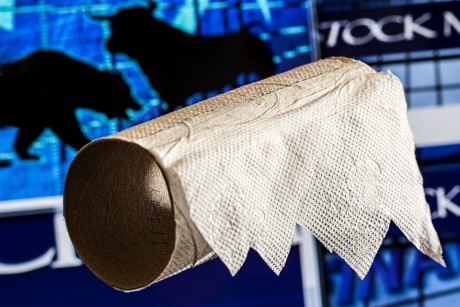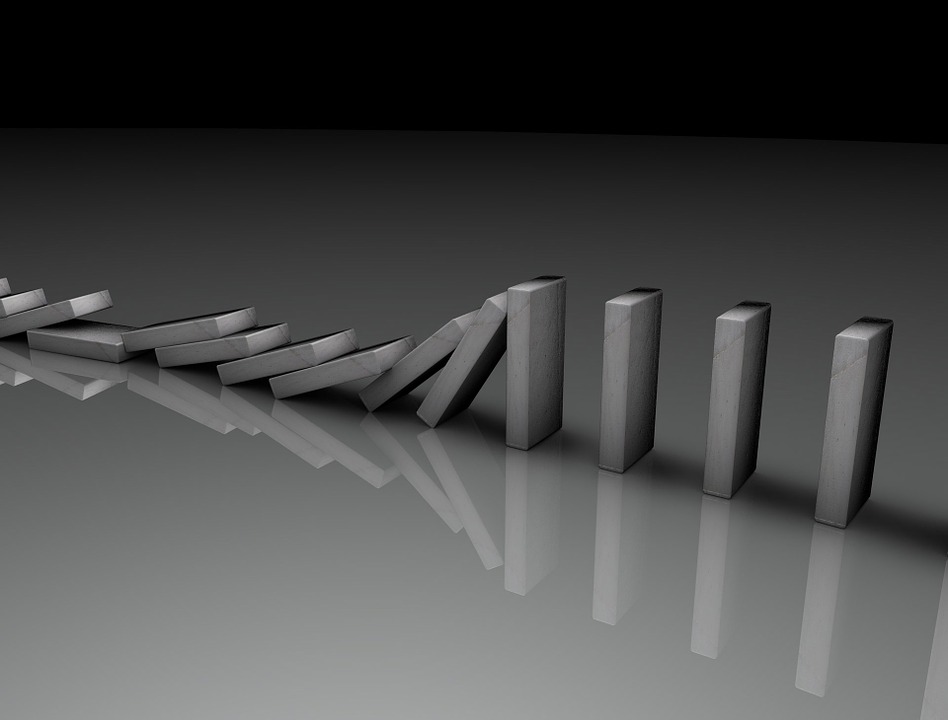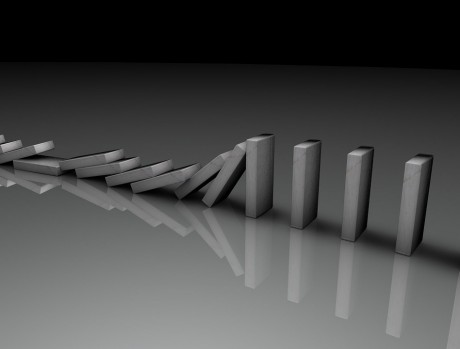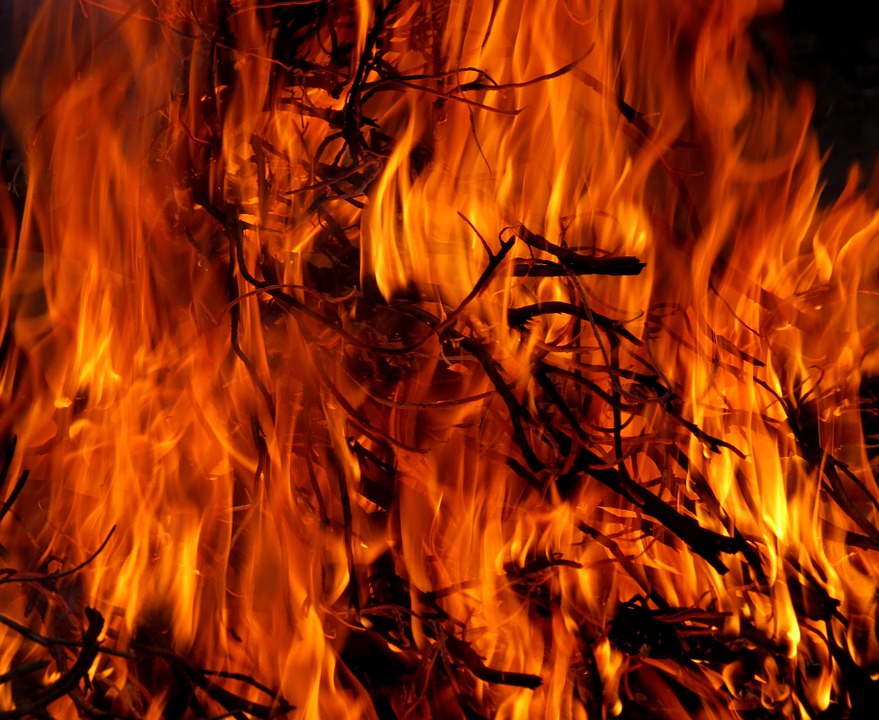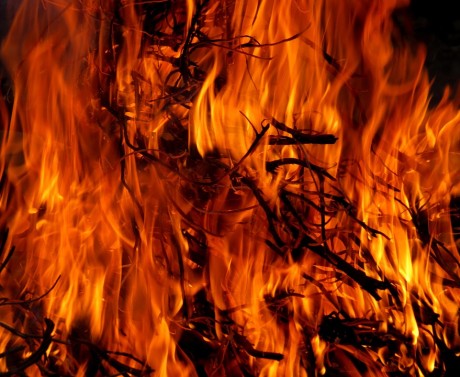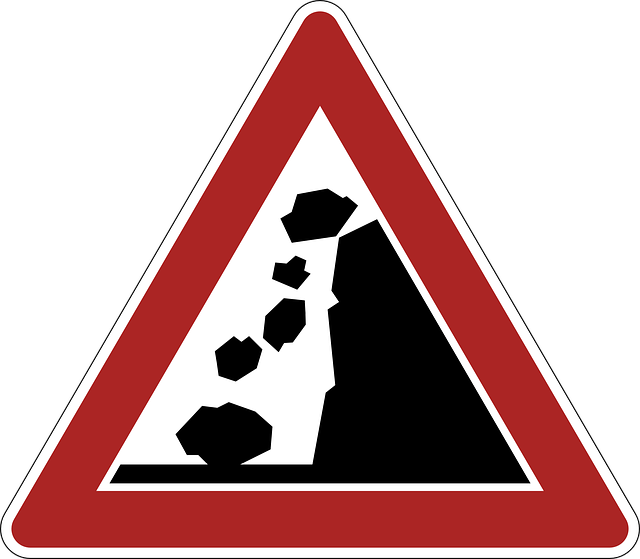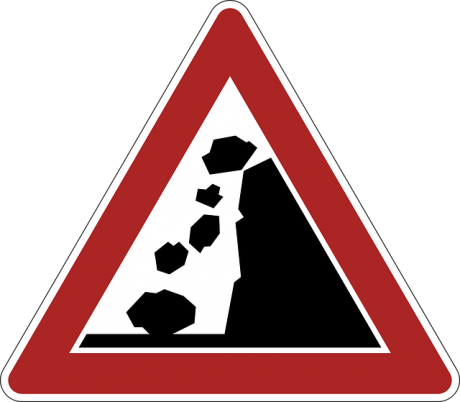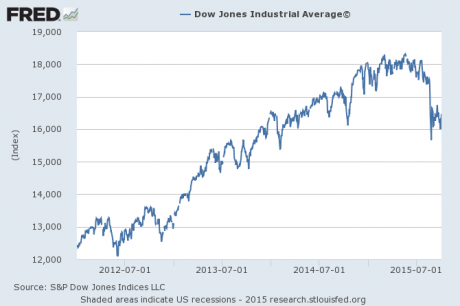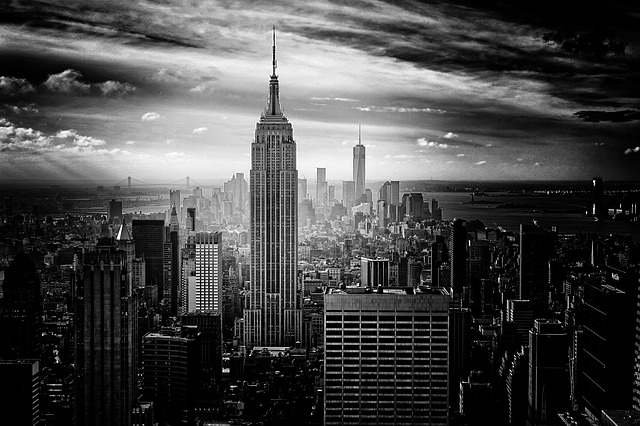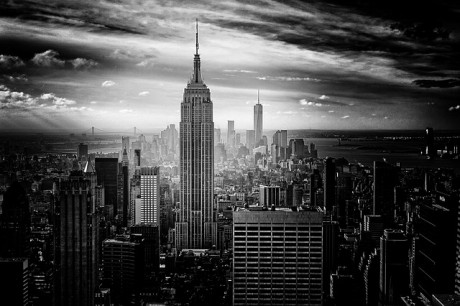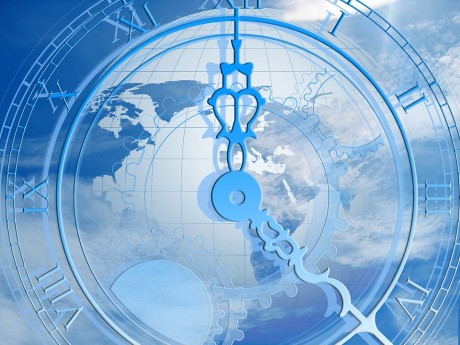 We are about three weeks into 2016, and we are witnessing things that we have never seen before. There were two emergency market shutdowns in China within the first four trading days of this year, the Dow Jones Industrial Average has never lost this many points within the first three weeks, and just yesterday we learned that global stocks had officially entered bear market territory. Overall, more than 15 trillion dollars of global stock market wealth has been wiped out since last June. And of course the markets are simply playing catch up with global economic reality. The Baltic Dry Index just hit another new all-time record low today, Wal-Mart has announced that they are shutting down 269 stores, and initial jobless claims in the U.S. just surged to their highest level in six months. So if things are this bad already, what will the rest of 2016 bring?
We are about three weeks into 2016, and we are witnessing things that we have never seen before. There were two emergency market shutdowns in China within the first four trading days of this year, the Dow Jones Industrial Average has never lost this many points within the first three weeks, and just yesterday we learned that global stocks had officially entered bear market territory. Overall, more than 15 trillion dollars of global stock market wealth has been wiped out since last June. And of course the markets are simply playing catch up with global economic reality. The Baltic Dry Index just hit another new all-time record low today, Wal-Mart has announced that they are shutting down 269 stores, and initial jobless claims in the U.S. just surged to their highest level in six months. So if things are this bad already, what will the rest of 2016 bring?
The Dow was up just a little bit on Thursday thankfully, but even with that gain we are still in unprecedented territory. According to CNBC, we have never seen a tougher start to the year for the Dow than we have in 2016…
The Dow Jones industrial average, which was created in 1896, has never begun a year with 12 worse trading days. Through Wednesday’s close, the Dow has fallen 9.5 percent. Even including the 1.3 percent gains as of noon Thursday, the Dow is still down nearly 8 percent in 2016.
But even with the carnage that we have seen so far, stocks are still wildly overpriced compared to historical averages. In order for stocks to no longer be in a “bubble”, they will still need to decline by about another one-third. The following comes from MarketWatch…
Data from the U.S. Federal Reserve, meanwhile, say U.S. nonfinancial corporate stocks are now valued at about 90% of the replacement cost of company assets, a metric known as “Tobin’s Q.” But the historic average, going back a century, is in the region of 60% of replacement costs. By this measure, stocks could fall by another third, taking the Dow all the way down toward 10,000. (On Wednesday it closed at 15,767.) Similar calculations could be reached by comparing share prices to average per-share earnings, a measure known as the cyclically adjusted price-to-earnings ratio, commonly known as CAPE, after Yale finance professor Robert Shiller, who made it famous.
Of course the mainstream media doesn’t seem to understand any of this. They seem to be under the impression that the bubble should have lasted forever, and this latest meltdown has taken them totally by surprise.
Ultimately, what is happening should not be a surprise to any of us. The financial markets always catch up with economic reality eventually, and right now evidence continues to mount that economic activity is significantly slowing down. Here is some analysis from Brandon Smith…
Trucking freight in the U.S. is in steep decline, with freight companies pointing to a “glut in inventories” and a fall in demand as the culprit.
Morgan Stanley’s freight transportation update indicates a collapse in freight demand worse than that seen during 2009.
The Baltic Dry Index, a measure of global freight rates and thus a measure of global demand for shipping of raw materials, has collapsed to even more dismal historic lows. Hucksters in the mainstream continue to push the lie that the fall in the BDI is due to an “overabundance of new ships.” However, the CEO of A.P. Moeller-Maersk, the world’s largest shipping line, put that nonsense to rest when he admitted in November that “global growth is slowing down” and “[t]rade is currently significantly weaker than it normally would be under the growth forecasts we see.”
In addition, another very troubling sign is the fact that initial jobless claims are starting to surge once again…
The number of Americans applying for unemployment benefits in mid-January reached seven-month highs, perhaps a sign that the rate of layoffs in the U.S. has risen slightly from record lows.
Initial jobless claims climbed a seasonally adjusted 10,000 to 293,000 in the seven days stretching from Jan. 10 to Jan 16, the government said Thursday. That’s the highest level since last July.
Since the last recession, the primary engine for the creation of good jobs in this country has been the energy industry.
Unfortunately, the “oil boomtowns” are now going bust, and workers are being laid off in droves. As I mentioned the other day, 42 North American oil companies have filed for bankruptcy and 130,000 good paying energy jobs have been lost in this country since the start of 2015. And as long as the price of oil stays in this neighborhood, the worse things are going to get.
A lot of people out there still seem to think that this is just going to be a temporary downturn. Many are convinced that we will just go through another tough recession and then we will come out okay on the other side. What they don’t realize is that a number of long-term trends are now reaching a crescendo.
For decades, we have been living wildly beyond our means. The federal government, state and local governments, corporations and consumers have all been going into debt far faster than our economy has been growing. Of course this was never going to be sustainable in the long run, but we had been doing it for so long that many of us had come to believe that our exceedingly reckless debt-fueled prosperity was somehow “normal”.
Unfortunately, the truth is that you can’t consume far more than you produce forever. Eventually reality catches up with you. This is a point that Simon Black made extremely well in one of his recent articles…
Economics isn’t complicated. The Universal Law of Prosperity is very simple: produce more than you consume.
Governments, corporations, and individuals all have to abide by it. Those who do will thrive. Those who don’t will fail, sooner or later.
When the entire financial system ignores this fundamental rule, it puts us all at risk.
And if you can understand that, you can take simple, sensible steps to prevent the consequences.
Sadly, the time for avoiding the consequences of our actions is now past.
We are now starting to pay the price for decades of incredibly bone-headed decisions, and anyone that is looking to Barack Obama, the Federal Reserve or anyone else in Washington D.C. to be our savior is going to be bitterly disappointed.
And as bad as things have been so far, just wait until you see what happens next.
2016 is the year when everything changes.
